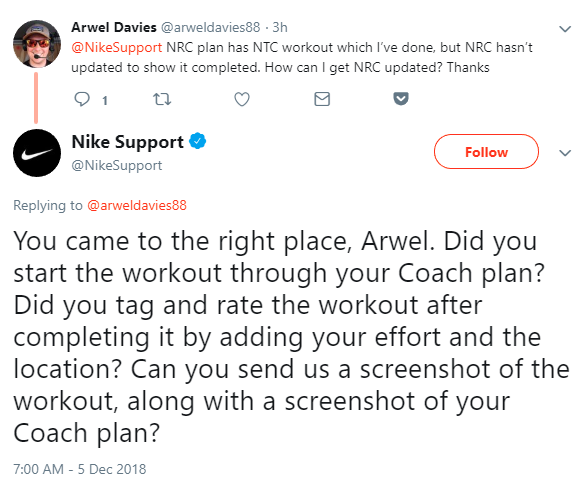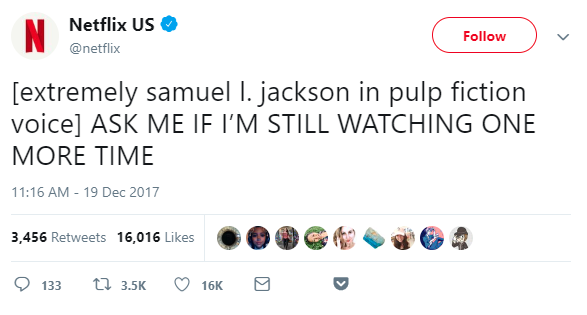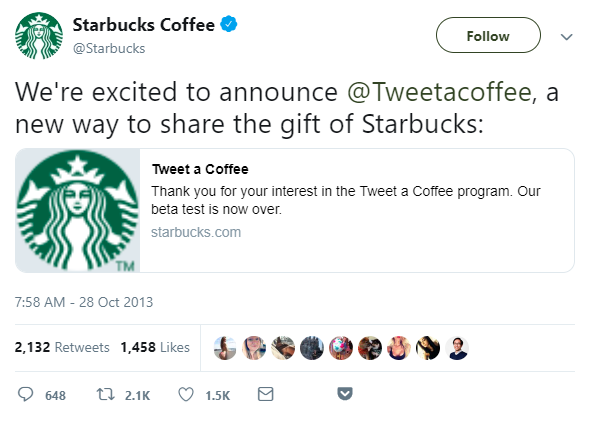Businesses tend to treat social media engagement as one of two methods: Soapboxes and dinner parties.
Soapboxes are accounts that make all of it about themselves. Businesses will get on top of it, grab their proverbial megaphone, and begin shouting about their content until they finish and leave. Every once in a while, they will return and repeat the process much to the chagrin of passersby.
Instead, they need to be treating social media engagement like a dinner party—welcoming people in, and encouraging conversation between the host and the guests.
It’s simpler to just use social media as a platform to blast out your content. However, when you begin utilizing it as an avenue to truly engage with your customers, you will be able to leverage any platform to increase leads, brand awareness, or customer support. Engagement is a key social media metric you should track.
Let’s get began.
What’s social media engagement?
At its core, social media engagement is whenever somebody interacts with your social media account.
It comes in the type of metrics such as:
- Likes
- Follows
- Shares
- Comments
- Retweets
- Click-throughs
Anyway, your people interact with you on platforms like Twitter and Fb is social media engagement. And those metrics are crucial for measuring the effectiveness of your social media campaign and accomplishing goals such as generating leads and sales.
Keep in mind: Social media is meant to be social. I do know. Obvious, right? However, as I mentioned, it’s wonderful how many businesses get this wrong.
Think about again the soapbox versus the dinner party. A soapbox social media is a one-way dialogue, with only outgoing messages being sent directly from your business’s account. While a dinner party is a pure engagement. It’s one-on-one conversations that take place between your business and others.
Engagement is what will assist you to grow the most meaningful relationships on social with potential and current customers alike.
Hootsuite’s social engagement specialist Nick Martin says it best:
“Your followers do not wish to talk to a faceless organization. They wish to talk to real people on social media. Engaging one-on-one let them know there is a real person behind the account, and that could really make a difference in the trust they’ve for your brand.”
One firm that does this very well is Nike. Actually, they have an entire Twitter account dedicated to answering questions and providing customer support.
Due to their dedication, people know that if something goes wrong with their merchandise, they could turn to Nike for a useful answer.
Of course, you do not have to use social media just for customer support. You could also use it to boost brand awareness…
…generate sales….
…or do whatever it’s Wendy’s is doing.
Let’s check out the methods you could improve social media engagement across your accounts now.
How to improve social media engagement
Growing social media engagement begins with a plan.
You may be thinking, “Do I really need a plan for something as easy as responding to people on the internet?”
Permit me to get on my soapbox for a moment and say this: YES.
A solid plan for your social media engagement and strategy helps ensure every engagement you have on social media isn’t only helpful to the person you are talking to, but also beneficial to your business as well.
Social media engagement plans are going to vary from business to business. After all, Netflix’s engagement is going to look much different from Charles Schwab’s. But there are a few key points that any good plan should have.
1. Define your goal
Having a solid purpose is crucial for any business technique—social media or otherwise.
What you wish to accomplish with your social media technique depends entirely on what your business has to hive and what best suits your brands.
But you need to be able to clearly articulate what your fans gain from interacting with your brand on social.
For instance, if educating people is where your brand really shines, then your engagement strategy needs to concentrate on sharing resources, answering questions, or giving advice.
You also need to clearly outline how you utilize engagement on social media to positively impact your business.
Some more examples of great social media engagement goals:
- Getting feedback about products or campaigns
- Finding and nurturing leads
- Providing info that helps move customers from one point in the buying journey to the next
- Changing brand perception
All are good examples of how your business could outline their targets and ultimately benefit from social media engagement.
2. Know your audience
Good social media engagement is decided before you even begin typing up that clever tweet.
That’s because you should get into your audience’s head before you even determine things like the social copy, posting frequency, and what you’re going to share.
Why? Simple: Your audience is going to tell you what they want to see from your social media account.
Too many businesses make the mistake of guessing at what their customers want on social media. And when they do not engage, the same businesses are left scratching their heads wondering what went wrong?
It’s because they didn’t know their audience.
To counter that, you should spend time immersing yourself in your customers’ needs, desires, and pain points. What’s your customer telling you they are struggling with? How could you use social media as a solution to their problems?
By listening to your clients, you will be capable of open up the doors for TONS of social media tactics that will engage your audience.
Once you understand the kind of content your customer needs, it’s time to…




